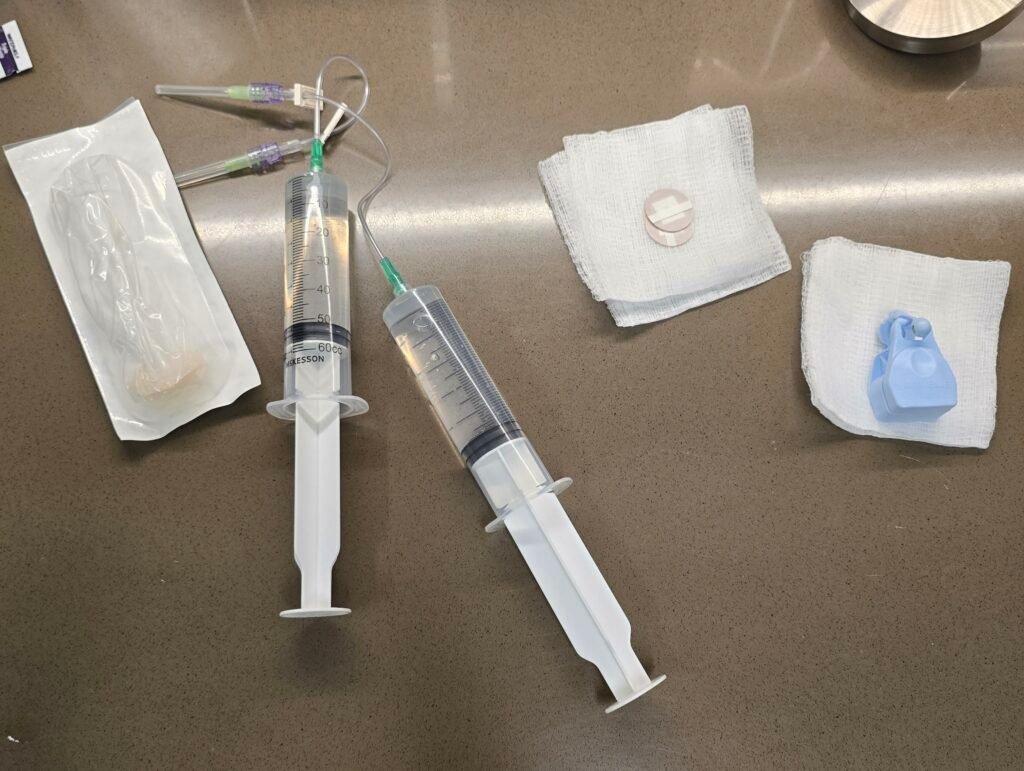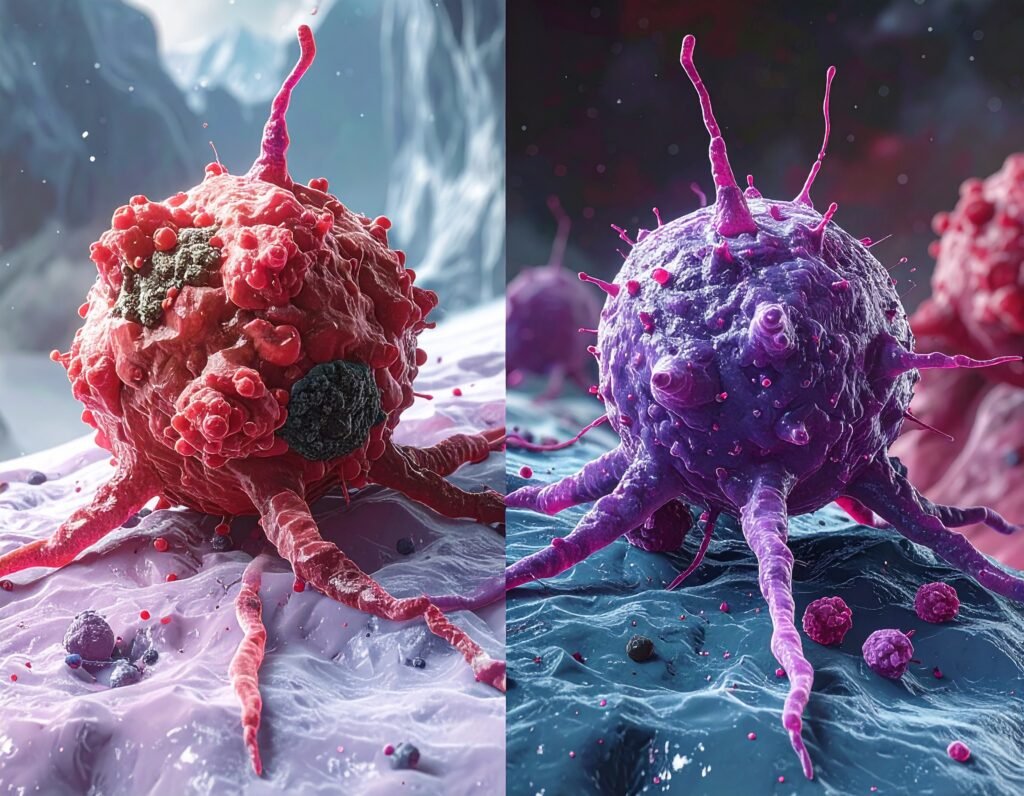What to Expect and How to Live Comfortably with Tissue Expanders
Understanding the process, managing the discomfort, and finding confidence during recovery

The Purpose of Tissue Expanders
After a mastectomy, tissue expanders help prepare your chest for future implants or reconstruction. They gradually stretch the skin, creating a soft, natural-looking space over time. Though temporary, expanders are an important step toward healing and restoration.
What to Expect During a Tissue Expander Fill
Each fill appointment is typically quick and done right in your surgeon’s office. Your care team will locate a small magnetic or metal port under the skin and inject saline into the expander using a fine needle. This gently increases its size and helps your body adjust.
During the fill:
You might feel tightness or pressure across your chest, similar to a firm stretch. Some people describe mild soreness or fullness afterward — especially after early fills — but it usually eases within a day or two.
Many women don’t feel the actual needle prick at all because of numbness in the chest area following surgery. If you do feel the tiny pinch, take it as a good sign — it means that sensation and nerve connection are returning, which is a positive part of healing.
Tips to manage discomfort:
Take slow, deep breaths during the fill to help your chest relax
Wear a soft, wireless bra or compression bra for added comfort
Avoid strenuous activity
Fills are often scheduled every week, depending on your healing, but you can skip a week if you prefer or need extra recovery time. Each session brings you one step closer to your reconstruction goals.

Living With Tissue Expanders
Once your expanders are in place, it’s completely normal for your chest to look and feel different than you expected. They can feel firm, high, and sometimes uneven, especially in the beginning. Tissue expanders don’t always expand in perfect symmetry — sometimes they stretch in whatever direction your body allows. One side might sit higher, push outward, or feel rounder than the other. Don’t worry — that’s all part of the process and will be corrected during your final reconstruction when your surgeon adjusts the shape and position.
You may also notice humps, ridges, or small firm areas under your skin. These are often caused by the fill ports (the small area your surgeon uses for saline fills) or natural folds in the expander shell as it adjusts. They can feel strange to the touch, but they’re usually nothing to be concerned about.
That said, if you feel a distinct knot, new lump, or area of tenderness, it’s best to mention it to your doctor. Most of the time it’s something minor, but it’s always worth checking for reassurance and safety.
Sleeping takes adjustment:
Most people find it easier to sleep on their back, especially early on. A wedge pillow or recliner can help keep you propped up comfortably.
Movement may feel tight:
Stretching or reaching can feel restricted. Once your surgeon clears you, gentle shoulder rolls or arm stretches can help prevent stiffness.
Clothing comfort matters:
Soft fabrics, zip-front bras, and loose tops will make a big difference. Many women layer clothing to feel more balanced and confident during expansion.
You might notice odd sensations:
Some women describe pressure, tingling, or even faint “sloshing” sounds. It’s all normal — just saline shifting inside the expanders.
💡 Sizing & Comfort Tips
1. Try on a bra to gauge your size.
If you were previously a B cup and plan to be a C cup, but aren’t sure if you’ve reached that size during your fills, try buying a C cup bra and see how it fits with your current expansion. It’s an easy, visual way to gauge your progress — and can help you decide whether you’re comfortable with your current fill size or want to go a bit further.
2. Judge your size with clothes on.
When deciding what size you want to be, look at yourself in fitted clothes — not just in the mirror. Clothing often disguises fullness and shape, so what might feel large without a shirt could look perfectly balanced once you’re dressed. It’s a simple but smart way to decide what feels right for you.
The Emotional Side
Beyond the physical adjustments, tissue expanders can impact how you feel about your body. It’s okay to feel impatient, frustrated, or emotional — healing is as much mental as it is physical.
Consider:
Taking progress photos to see how far you’ve come
Joining a support group or connecting with others who’ve been through it
Giving yourself grace — recovery isn’t linear, but you’re doing something incredibly strong
Looking Ahead
When expansion is complete, your surgeon will schedule your implant exchange or next reconstruction step. Many women say this stage feels like a turning point — your chest softens, your shape feels more natural, and it’s a reminder that every step of discomfort was leading to healing.
Bottom line:
Living with tissue expanders is temporary but meaningful. It’s a process of patience, strength, and progress — and every fill, every stretch, and every moment of healing brings you closer to feeling like you again.

